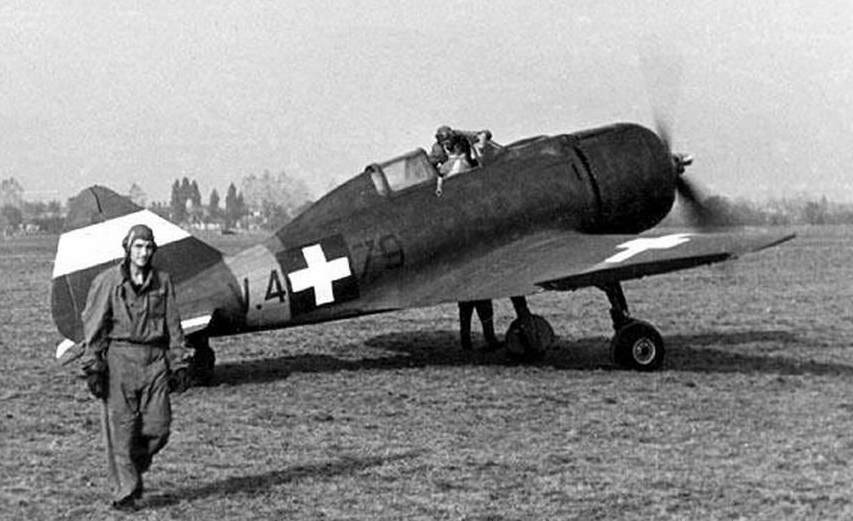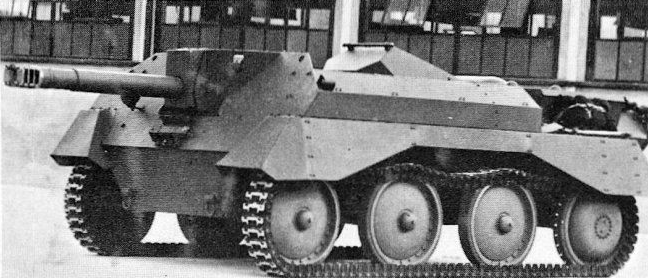TACAM T60 Romanian Tank Destroyer: A Unique Contribution to World War II
- kismber

- Nov 10, 2023
- 2 min read

The TACAM T60, a Romanian tank destroyer from World War II, stands as a testament to the resourcefulness and adaptability of a nation thrust into the turbulent waters of the conflict. As a member of the Axis, Romania faced challenges in supporting the German war effort in the east, but through innovation and determination, they brought the TACAM T60 to the battlefield.
As an Axis partner, Romania found itself ill-prepared to assist the Germans on the Eastern Front after suffering significant losses during the brutal Battle of Stalingrad. Faced with a dearth of armored forces and reluctant German allies unwilling to supply additional tanks, Romania sought a creative solution to bolster its military capabilities.
Lieutenant-Colonel Constantin envisioned the potential of the Soviet T60 light tank as a reliable and swift platform for mounting an artillery piece. Drawing inspiration from the German Marder tank destroyer, he spearheaded the creation of the TACAM T60. By January 19, 1943, the vehicle was ready, following successful trials. It was promptly accepted for production and deployment.

The TACAM T60 was a turretless chassis fitted with a Russian 76.2 mm M-1939 F-22 field gun without its carriage, securely mounted on top. The crew was protected by a three-sided shield, with the armor plates originating from captured BT-7 hulls. These plates, 15mm thick and sloped, offered valuable protection. The front of the shield had a cross-like opening for direct vision and increased traverse. The vehicle boasted a 32° maximal traverse and an elevation range of +8 to -5. Inside the TACAM T60, 44 rounds of ammunition were stored, partially within four storage boxes located at the front and rear of the mudguards on each side. Additionally, the tank destroyer was equipped with a hull machine-gun for close defense.

To enhance its combat capabilities, the TACAM T60 received upgrades. The frontal armor was reinforced to 35mm, and other sections were bolstered to 25mm. While the main gun was not designed for anti-tank purposes, its impressive muzzle velocity in direct fire and high-explosive rounds provided significant firepower against lighter vehicles and even posed a threat to Soviet T34 tanks.
The TACAM T60 tank destroyers saw action on the Bessarabian and Moldavian fronts. By February 24, 1944, the Cantemir Armored Group was established, featuring a battery of fourteen TACAM T60s. These units played a crucial role in defensive actions and a successful delaying strategy during the Soviet Jassy-Kishniev Offensive.

The fate of the surviving TACAM T60 tank destroyers remains a mystery. Romania's alliance with the Soviet Union in October 1944 adds to the enigma surrounding their post-war destiny. Regrettably, no TACAM T60 vehicles have survived to this day.
The TACAM T60 tank destroyer serves as a testament to Romania's determination and ingenuity during the challenging times of World War II. Although relatively obscure in the annals of armored warfare, it showcases the adaptability and resourcefulness of a nation striving to contribute to a global conflict. The TACAM T60's legacy endures as a remarkable example of military innovation amidst the chaos of war.



